QuestionI just purchased a chinese water dragon today. The pet store believes it is about 1 month old. It is very active. We bought a lg. aquarium with the UV light, and a 100 watt basking and nighttime light. They say that it did eat in the morning prior to us buying him but every since we got home, it has not eaten. We have offered it crickets - which are still in the cage and have also dangled wax worms. I am wondering if it is just adjusting? We previously bought a bearded dragon which lived for about a week and then died. It didn't eat for a couple of days. We just don't want the same thing to happen to our new dragon.
Any information would be appreciated and helpful. Thankyou for taking the time to help us!!
AnswerHi Kim,
Its most likely adjustment. Here is a good link on Water Dragon care.
http://www.triciaswaterdragon.com/ The info on the proper uvb source is a bit out dated so I am including more current info on that. UVB is vital to the WD's health as that without proper uvb, they cannot use the calcium in the foods they eat and will develop metabolic bone disease.
Its important to use a good thermometer so you can be sure that the temperatures are in the range the WD needs for proper digestion and thermoregulation. I like the ACURITE brand that are available at wal mart as they do two temperature areas plus humidity, which is also vital to their health.
Chances are he won't eat from your hand and may choose to eat in the dark, as he may feel safer. Also, stress, such as moving to a new home can cause an overload of internal parasites. I suggest having a fecal check done at the vets. To find a vet that can treat reptiles:
http://www.herpvetconnection.com
http://www.arav.org/ECOMARAV/timssnet/amm/tnt_mdsearch.cfm
http://www.anapsid.org/vets/
LIGHTING:
Supplying uvb can be done in a few ways. By special lights
that come in fluorescent tubes or special screw in bulbs
(mercury vapor)that are designed to produce uvb and heat.
The tubes do not produce heat. UVB is needed by the reptile to be able to absorb the calcium in the foods they eat.
With out the uvb, they will develop metabolic bone disease.
With the tubes, they must say that they produce BOTH uvb and
uva. The uvb needs to be 5% or higher. Repti Sun 10.0 and the Repti Glo 8.0's are a great source for uvb. The old "favorites" are the repti sun 5.0 or the Iguana light..which are the same tube, just different package.
There are tubes that say ''full spectrum'' but they do not produce any uvb.
These need to be positioned 6-8 inches over the reptile for the 5% and 8% and 8-10 inches for the 10% so
that they get the uvb that is needed. The tubes need to be replaced every 6-9 months as that they stop producing UVB long before they stop producing light.Using a fixture that holds two uvb tubes of at least 3 feet in length will provide adequate uvb for your reptile.. There has been new studies that have proven that compact uvb lights, both the spiral/coil type and the ones that look like long "U's" laying on their side and a few other brands are causing what basically amounts to snow blindness in reptiles. To read more on this, you can go to http://www.uvguide.co.uk/index.htm
On the mercury vapor , they also produce heat. They also
produce the uvb and uva. The best on the market now are the
Mega Rays.(http://www.reptileuv.com) The distance from these are greater than the uvb tubes and the directions must be followed that
are listed for the light. When using the mercury vapor
lights, you don't need to have one light for uvb and one for
heat. The Mercury vapor lights provide both.
For daytime heat, if using the tube uvb, regular household
incandescent light bulbs produce heat. The wattage will
depend on the size of your reptiles enclosure. and the room temperature.Of course, the best uvb is from the
sun and if you are in an area that you are able to take your reptile outside in a proper enclosure, (Never a tank or enclosed, solid cage)

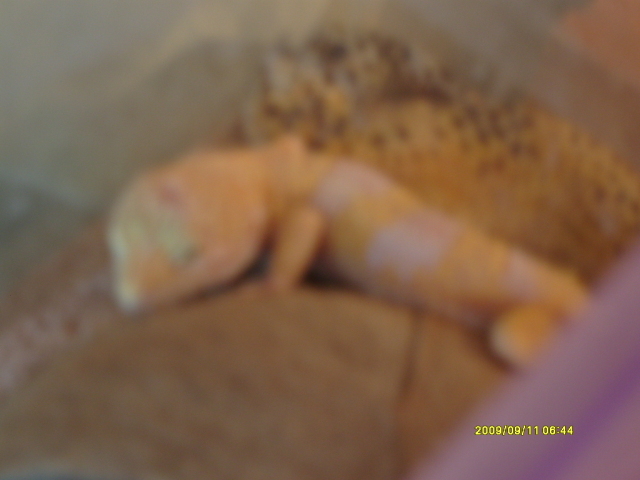 Just Got her...
Question
Tia Dalma
Hi Diane,
I have two Leopard Geckos
Just Got her...
Question
Tia Dalma
Hi Diane,
I have two Leopard Geckos
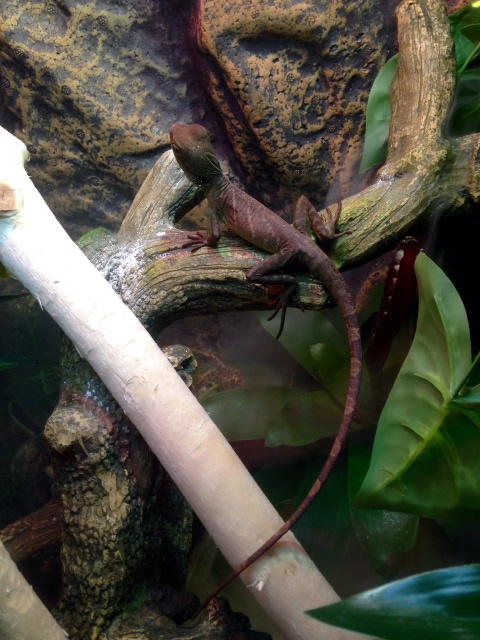 CWD mixed info
Question
PASCAL Enclosure
Hello Tracie,
I
CWD mixed info
Question
PASCAL Enclosure
Hello Tracie,
I
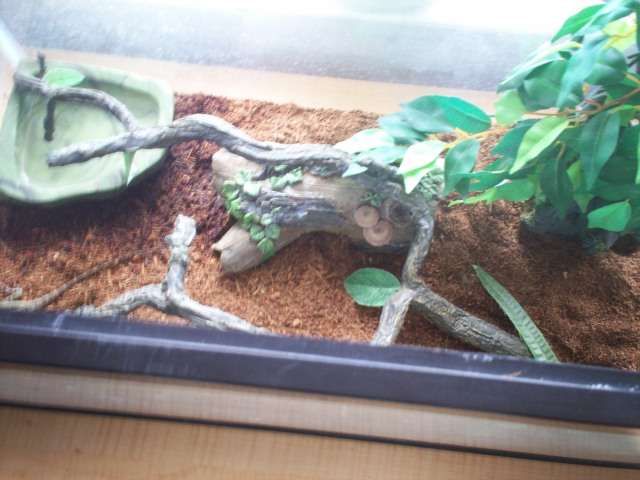 horned mountain lizard
Question
Bandit the horned moun
hi I have questio
horned mountain lizard
Question
Bandit the horned moun
hi I have questio
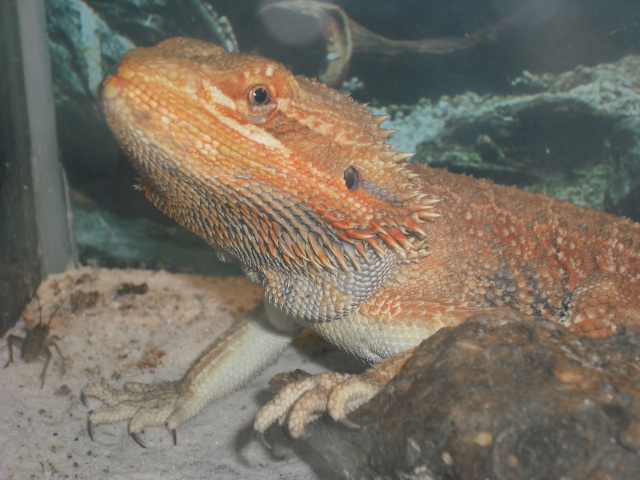 My 10month (roughly) bearded dragon
Question
Tank(his/her name)lol
Hi there my dragon has n
My 10month (roughly) bearded dragon
Question
Tank(his/her name)lol
Hi there my dragon has n
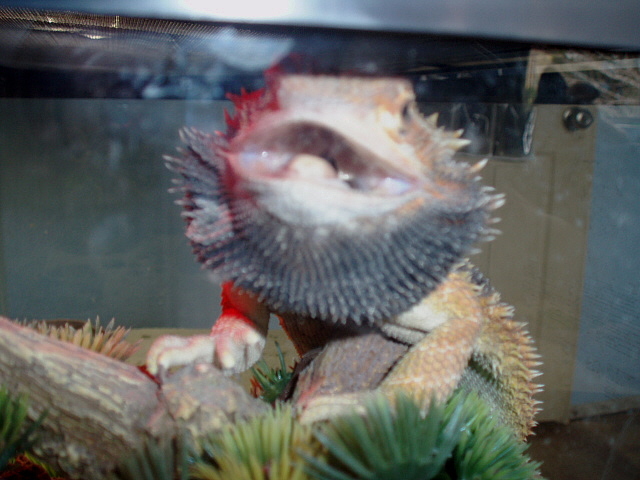 Beardier Flaring Beard
Question
Ryuu
I have a Bearded Dragon, probably hitting
Beardier Flaring Beard
Question
Ryuu
I have a Bearded Dragon, probably hitting